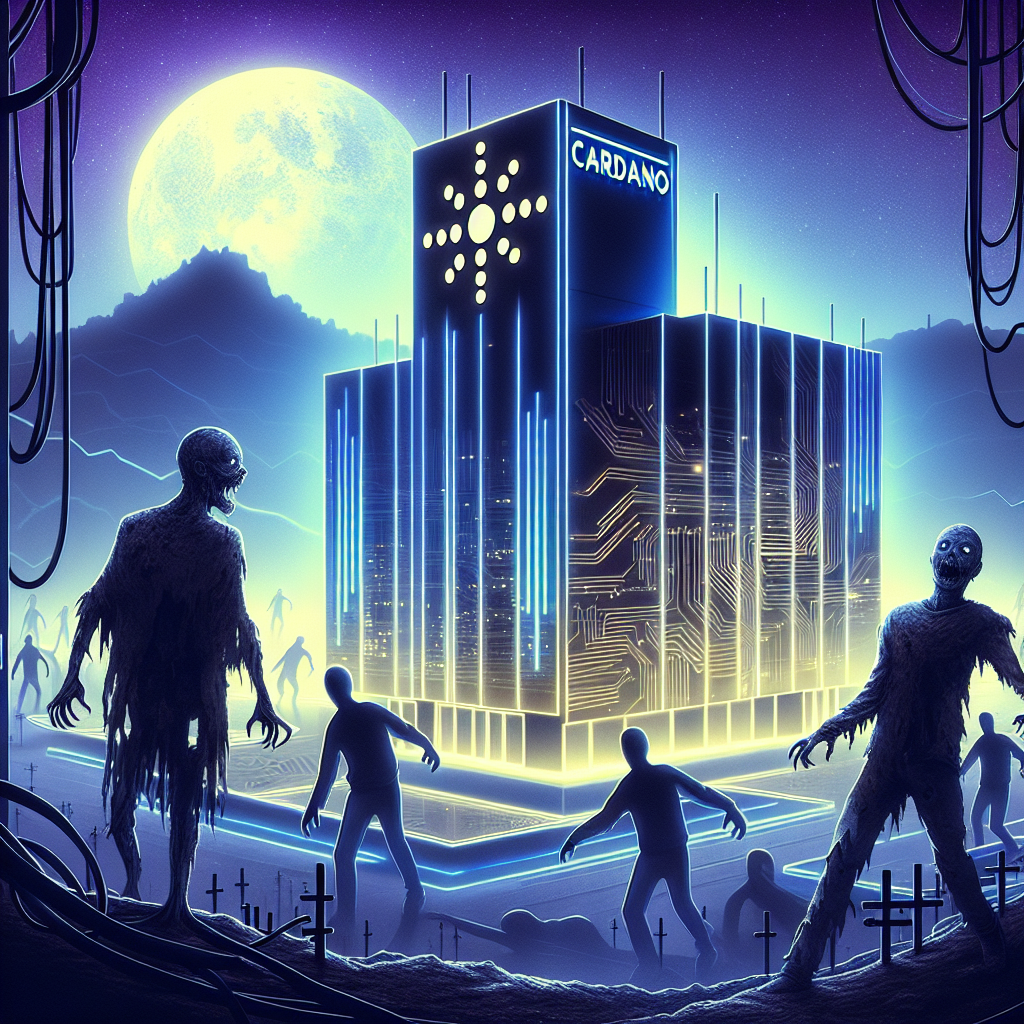Is Cardano ADA Facing the Zombie Crypto Debate?
The cryptocurrency landscape is constantly evolving, with projects coming and going, but some find themselves labeled as “zombie cryptos.” This term refers to cryptocurrencies that exist without substantial activity or development, leading to debates within the community regarding their viability. One project currently embroiled in this discussion is Cardano (ADA). Despite being one of the prominent names in the sector, Cardano has faced criticism and scrutiny regarding its development and real-world functionality.
Understanding the “Zombie Crypto” Concept
The phrase “zombie crypto” has gained traction to describe cryptocurrencies that, while still existing, show little to no significant advancements or adoption. These projects often lack:
Some prominent voices in the crypto industry have adopted this terminology to critique projects they view as stagnant or failing to meet their promises. In this context, numerous debates ensue about what constitutes a “living” crypto project compared to one that sits in limbo.
Cardano’s Journey: From Promise to Perception
Launched in 2017, Cardano aimed to create a more secure and scalable blockchain by utilizing a research-driven approach. Founded by Charles Hoskinson, one of the co-founders of Ethereum, Cardano sought to improve upon existing blockchains by using a unique proof-of-stake consensus algorithm called Ouroboros. However, despite its ambition and success in securing high-profile partnerships, critics argue that the platform has failed to deliver on several fronts.
Historically, Cardano has been praised for:
However, as time has progressed, many in the community have started to question Cardano’s pace of development. Investors are now asking: Does the slow rollout of features mean that Cardano is becoming a “zombie crypto”?
Key Factors Fueling the Debate
Several factors contribute to the growing perception of Cardano being labeled as a zombie crypto. They include:
Development Struggles
While Cardano has made some achievements, critics highlight a notable slowdown in its development. Key announcements and upgrades have been delayed, causing frustration among the community and stakeholders. Investors are looking for signs of innovation, yet many feel that the pace has faltered.
Competition in the Crypto Space
The cryptocurrency market is highly competitive and ever-changing. Projects like Solana and Polkadot are gaining traction, often delivering features and applications faster than Cardano. As this competition heats up, Cardano’s perceived inactivity raises questions about its relevance in a fast-evolving landscape.
DeFi and Smart Contracts
Decentralized finance (DeFi) applications and smart contracts have become incredibly popular, yet Cardano has been somewhat slow to capitalize on these trends. Ethereum initially provided a robust ecosystem for DeFi applications, but as Ethereum faces scalability issues, many users have looked to alternative platforms that are more agile. Critics argue that Cardano’s delays in deploying smart contracts have left it lagging behind.
Community Response to the Zombie Debate
The Cardano community is known for being passionate and dedicated, often pushing back against the zombie crypto narrative. Supporters point out that Cardano is undergoing fundamental technological advancements that require time and diligence.
Development Updates
Recently, Cardano has announced new features and upgrades that aim to improve its functionality:
Supporters argue that these developments, while gradual, signify that Cardano is still very much alive and evolving.
Strong Community Engagement
The community plays a significant role in Cardano’s future as developers engage with stakeholders through forums, AMAs, and webinars. This interaction helps convey a sense of commitment to the project’s long-term vision, further demonstrating that Cardano is not merely a zombie asset wandering the crypto landscape.
The Future of Cardano
While the ongoing debates regarding labeling Cardano as a zombie crypto create challenges for its image, there are several pathways for revitalization. Here are some potential strategies that could help re-establish confidence:
Prioritizing Development Speed
Focusing on faster implementation of features and improvements will be crucial. To reclaim its stature within the ecosystem, Cardano must demonstrate a commitment to delivering updates and innovations in alignment with the demands of the market.
Community Involvement
Encouraging further participation from community members in development discussions and decision-making processes will not only help enhance product offerings but also boost investor morale. A strong, involved community is often a hallmark of a project’s longevity.
Showcasing Real-World Applications
Highlighting successful real-world applications of Cardano’s technology can help fortify its position within the competitive landscape. By showcasing projects and partnerships that leverage its platform, Cardano can illustrate its tangible value beyond mere speculation.
Final Thoughts
The debate over whether Cardano is becoming a zombie crypto is both warranted and complex. Although some argue that the pace of progress has been slow, Cardano continues to have a committed community, an innovative framework, and a focused roadmap. As the landscape evolves, it remains crucial for Cardano to adapt, innovate, and reinforce its relevance within the crowded cryptocurrency space.
Whether this vibrant community can successfully navigate the challenges ahead will ultimately determine Cardano’s fate in the ever-evolving narrative of cryptocurrencies.
As always, prospective investors should conduct thorough research and consider both sides of the discussion before making any investment decisions.
Stay tuned for further updates as Cardano continues its journey, and assess whether it can shake off the zombie crypto tag or if it will continue to wander in the shadows of the crypto world.




